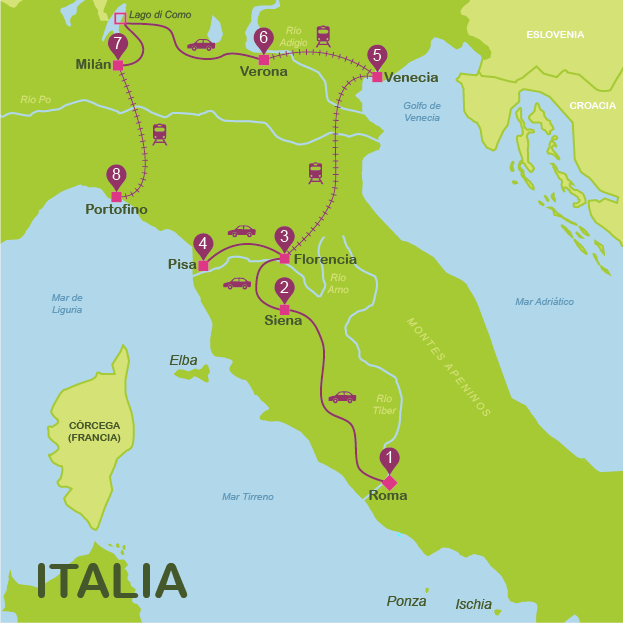Visit to the Colosseum:

Attention, the visit of the Colosseum is linked to that of the Roman Forum and Palatine that you will see later. This order is the one we recommend but if you buy the tickets with Getyourguide in that case it is better to invert it to avoid walking less. Just follow the instructions in reverse. Start by visiting Piazza Venezia and Piazza Campidoglio, then the Forum ...
Read more















